🆕 Sent the Wrong Coin or used the Wrong Network (what to do next?)
Have you ever wondered what happens if you sent the wrong crypto on a network? What if you sent transaction without a memo? Learn more about

You may have heard the terms "mint" and "burn" used in crypto before, but what do they actually mean in the context of a crypto exchange?
At their core, these actions represent the creation and destruction of value, similar to how currency worked in the physical world. In ancient times, minting referred to the forging of metal coins. Like those used by the Roman Empire—crafted from precious metals such as gold, silver, and later, copper alloys. The minting process symbolized sovereign authority and the introduction of new monetary value into the economy.
In today’s fiat systems, the tools have changed, but the principle remains. Central banks now “mint” money digitally, with a keystroke rather than an anvil.
On a crypto exchange, minting and burning are digital accounting operations, but the implications are no less significant.
Minting refers to adding value to a user's account on the exchange. For example, if a customer wires 1,000 AUD to your business bank account, the exchange operator “mints” 1,000 AUD in the user's exchange balance to reflect that deposit.
Conversely, when the user withdraws funds back to their personal bank account, the operator must burn (i.e., subtract) that amount from the user's exchange balance. This keeps the internal ledger aligned with the real-world movement of money.
This mint/burn model acts as a mirror between the exchange ledger and the traditional banking system, ensuring transparency and balance sheet consistency.
One of the advantages of digital minting is its speed and flexibility, you can issue fiat tokens or credits near-instantly. This mechanism is at the heart of how stablecoins operate.
However, to ensure control and reduce abuse, most exchanges implement a "pending" mint state, which requires approval from authorized team members before the credit is finalized.
This might seem cumbersome. Especially when dealing with thousands of customers, but it’s precisely why payment integration and automated reconciliation tools are crucial. Since minting implies liability, it's a sensitive operation that must be tightly managed.
Many exchanges implement tiered thresholds:
Learn more about when to mint or burn here.
Example:
“Pending 1,000 AUD mint awaiting approval for User_2.”
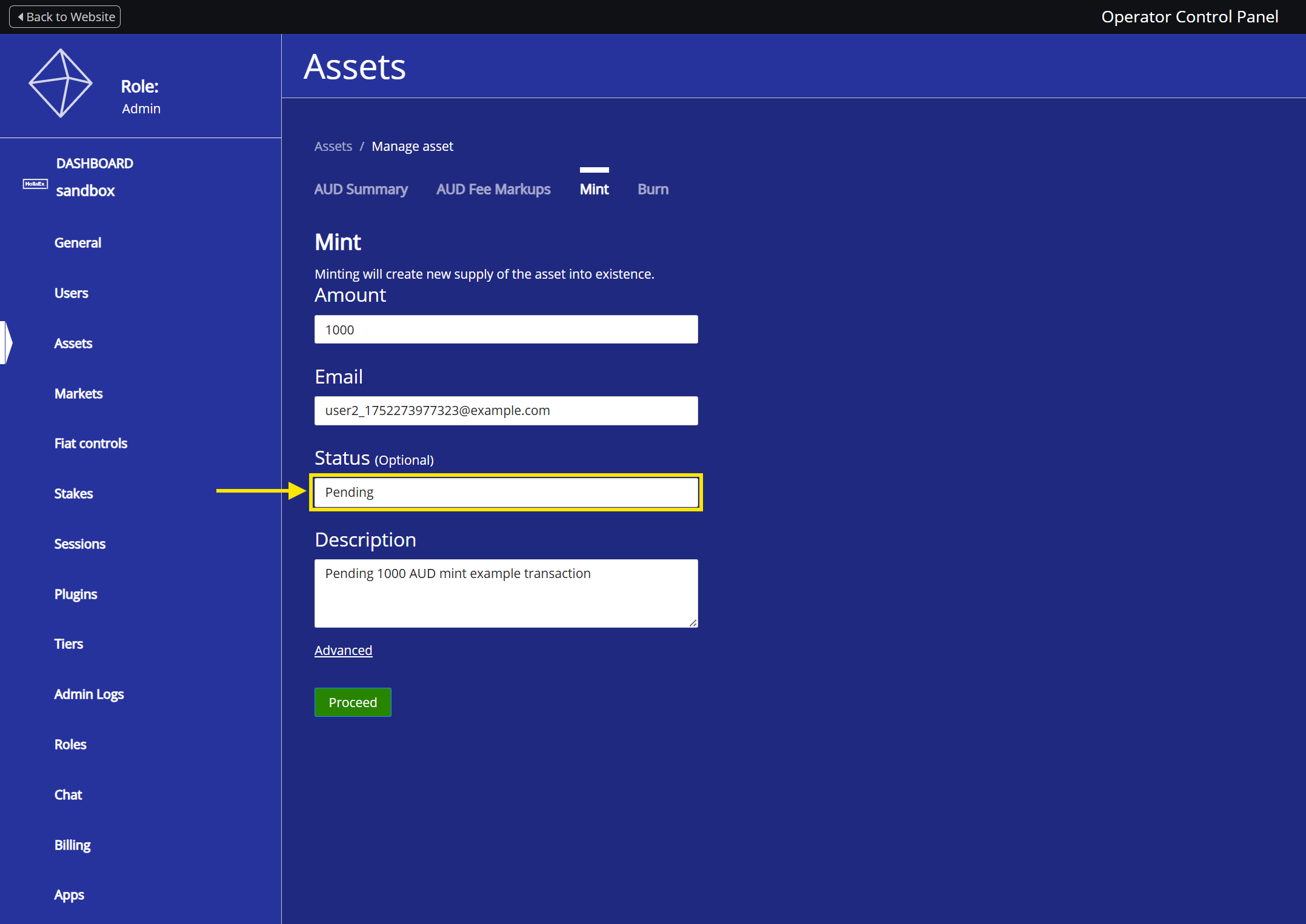
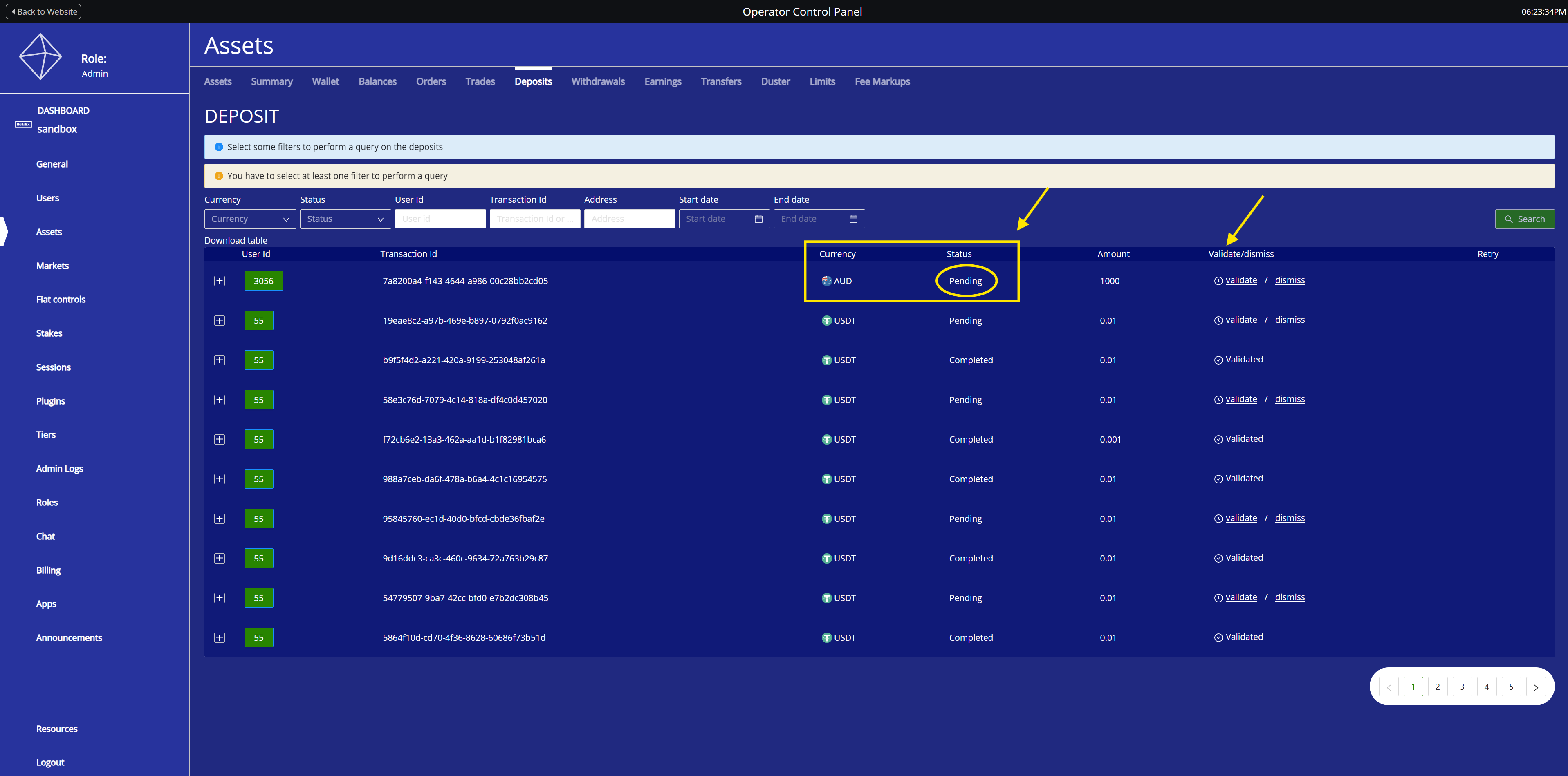
This refers to instantaneous minting, typically reserved for small amounts or for use by high-level administrators. Because it bypasses approval, it's often paired with automated deposit systems and should only be enabled in highly controlled environments.
Completed mints are best suited to exchanges with:
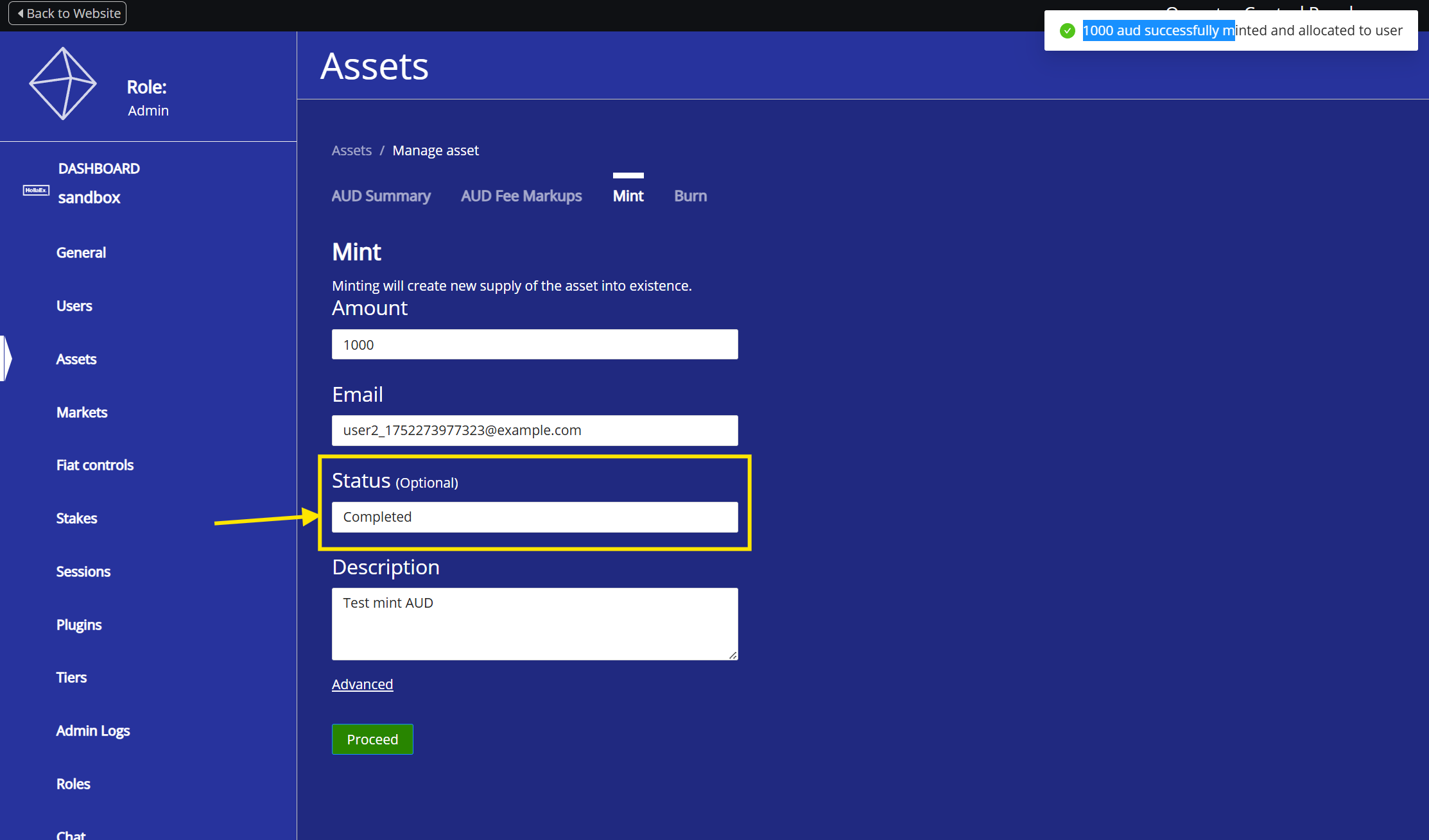
⚠️ Caution: Improper use of this feature can lead to major risks if minting occurs without corresponding real-world value.
If you'd like to learn more about the technicalisties around automated fiat deposits, please read our docs, or check out the APIs.
This is the classic "creating money from nothing", essentially printing money out of thin air scenario.
Historically, this is exactly what the Roman Empire did during its decline, and what many failed crypto exchanges (and even banks) have done. In fact, under fractional reserve banking, many traditional banks only retain ~10% of customer deposits in liquid form.
In the crypto context, this is extremely risky because assets move instantly and globally. If users request large withdrawals and the exchange doesn't have the backing, the result is a liquidity crisis, or outright collapse.
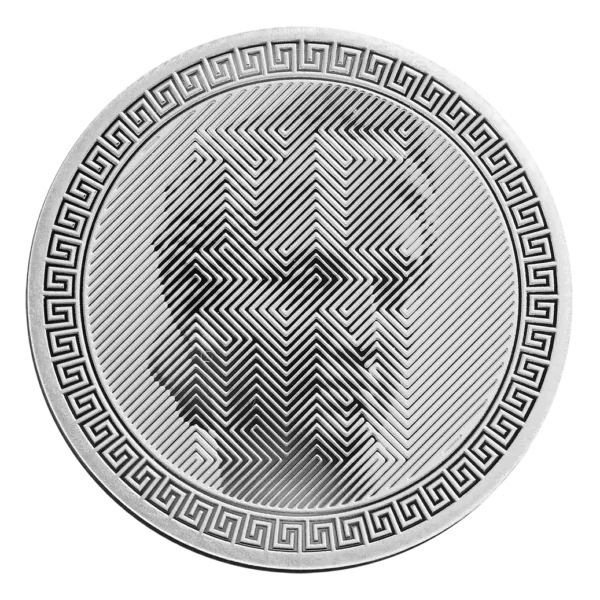
In early-stage token launches, operators often simulate liquidity by issuing unbacked tokens but temporarily restrict withdrawals to gain time to:
This practice effectively turns the token into a "virtual asset", a simulated unit of value not yet grounded in actual backing.
In contrast, a digital asset typically references something more tangible, such as a fiat-backed stablecoin or tokenized asset with verifiable reserves.
Burning is the reverse of minting. It means deducting value from a user’s balance when they withdraw assets.
For example:
If a user withdraws 1,000 AUD, then 1,000 AUD should be 🔥 burned from that user's balance within the system, and a corresponding payment sent to their external account (bank wire, PayPal, etc).
Failing to burn assets properly can result in hidden insolvency. Which is what happened with exchanges like Mt. Gox and FTX, where users were credited with assets the exchange didn’t actually possess.
In modern crypto operations:
If you'd like to learn how technically to handle burning of fiat asset when withdrawing, then please read our docs here, or check out the APIs.
Minting and burning also occur on the blockchain itself. More often burning is a practice to control the supply of a coin. For example, burning ETH tokens on Ethereum and TRX tokens on the TRON blockchain network depends on the activity on each corresponding blockchain.
For example, TRX tokens are burned from the TRON blockchain periodically (red line below), and amount burnt depends on the transaction fees and in some cases a deliberate token burn occurs.
This means the TRX tokens burnt are erased, burnt, from the total supply of TRX and a similar burn principle applies to ETH tokens on Ethereum's blockchain, and on a platform's internal wallet ledger such as an exchange.
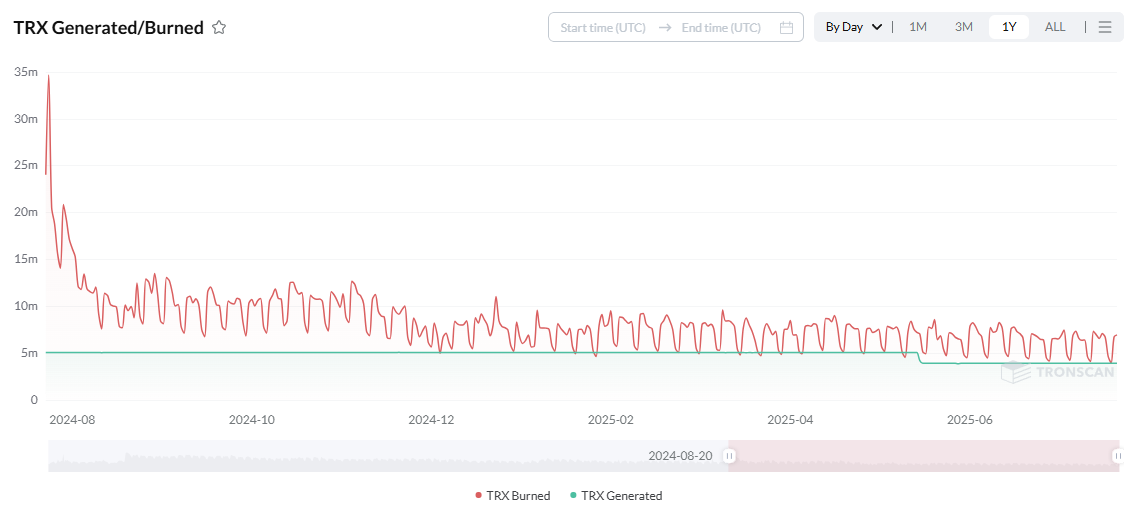
Minting and burning are not just abstract terms. They're the core mechanisms that maintain the credibility and solvency of your crypto exchange. These functions act as digital reflections of real-world financial activity.
When done right, they enable you to:

But when misused, they open the door to the same risks that have toppled empires, banks, and exchanges alike.
***
Want to mint and burn digital assets? Try our white-labeled exchange here.
